
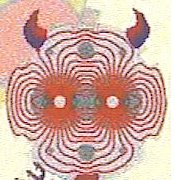 If anyone wonders about this relation as it was seen in context of the LHC, just see the comparative pictures for examination. What came out at the LHC as Angels and Demons in research was being written and became known in a artistic endeavor.
If anyone wonders about this relation as it was seen in context of the LHC, just see the comparative pictures for examination. What came out at the LHC as Angels and Demons in research was being written and became known in a artistic endeavor.
You have to know what this "picture represents first" in order to see how what came as thought from it's own operators, worked its way to a more responsible presentation.

Again I put this up so one can see that even the artistic inclined thought to portray symbolically, while Dan Brown move forward with written work and now, a new movie.
What kind of research and I thought to examine what possibly could have started the idea behind the book, Angel and Demons. INtroduction here
You may be able to support this with work by Carl Andersen or Dirac to help some understand the implication from theory and experiment, that lead too.



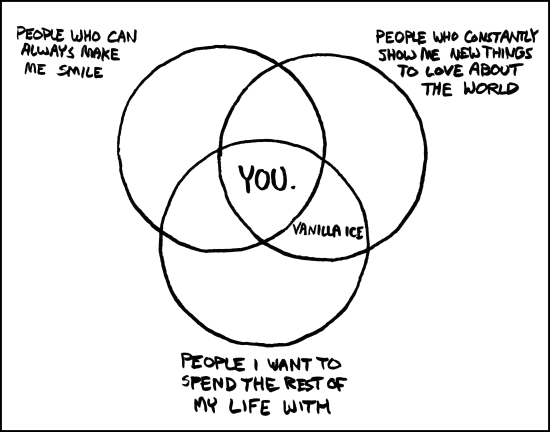


 oF
oF



 Boris Kayser
Boris Kayser

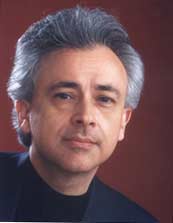
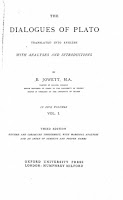


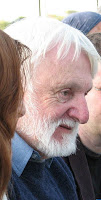



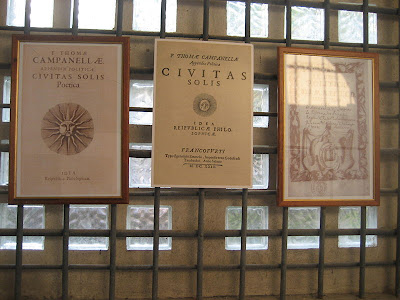

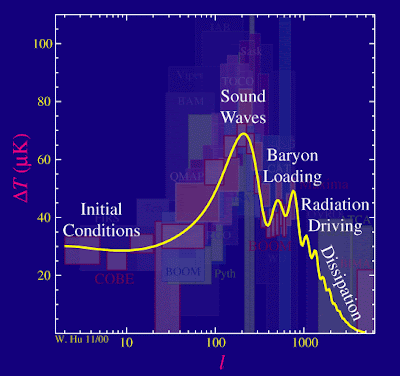






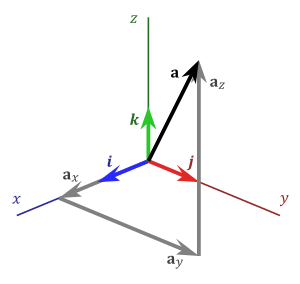

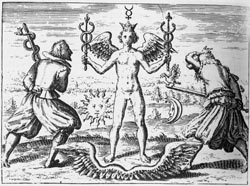

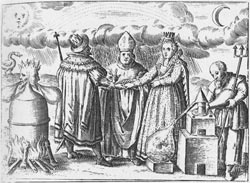

 specified by parameters
specified by parameters  and an output function f = w'x + b. Its parameters are adapted with an ad-hoc rule similar to stochastic steepest gradient descent. Because the
and an output function f = w'x + b. Its parameters are adapted with an ad-hoc rule similar to stochastic steepest gradient descent. Because the 

 Aristotle, on the other hand, regards individual objects in this world as "primary substance" and dismisses the existence of Plato's Forms (except for
Aristotle, on the other hand, regards individual objects in this world as "primary substance" and dismisses the existence of Plato's Forms (except for 


